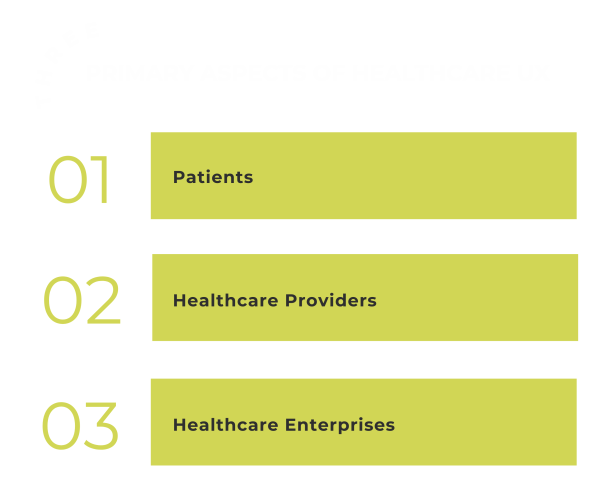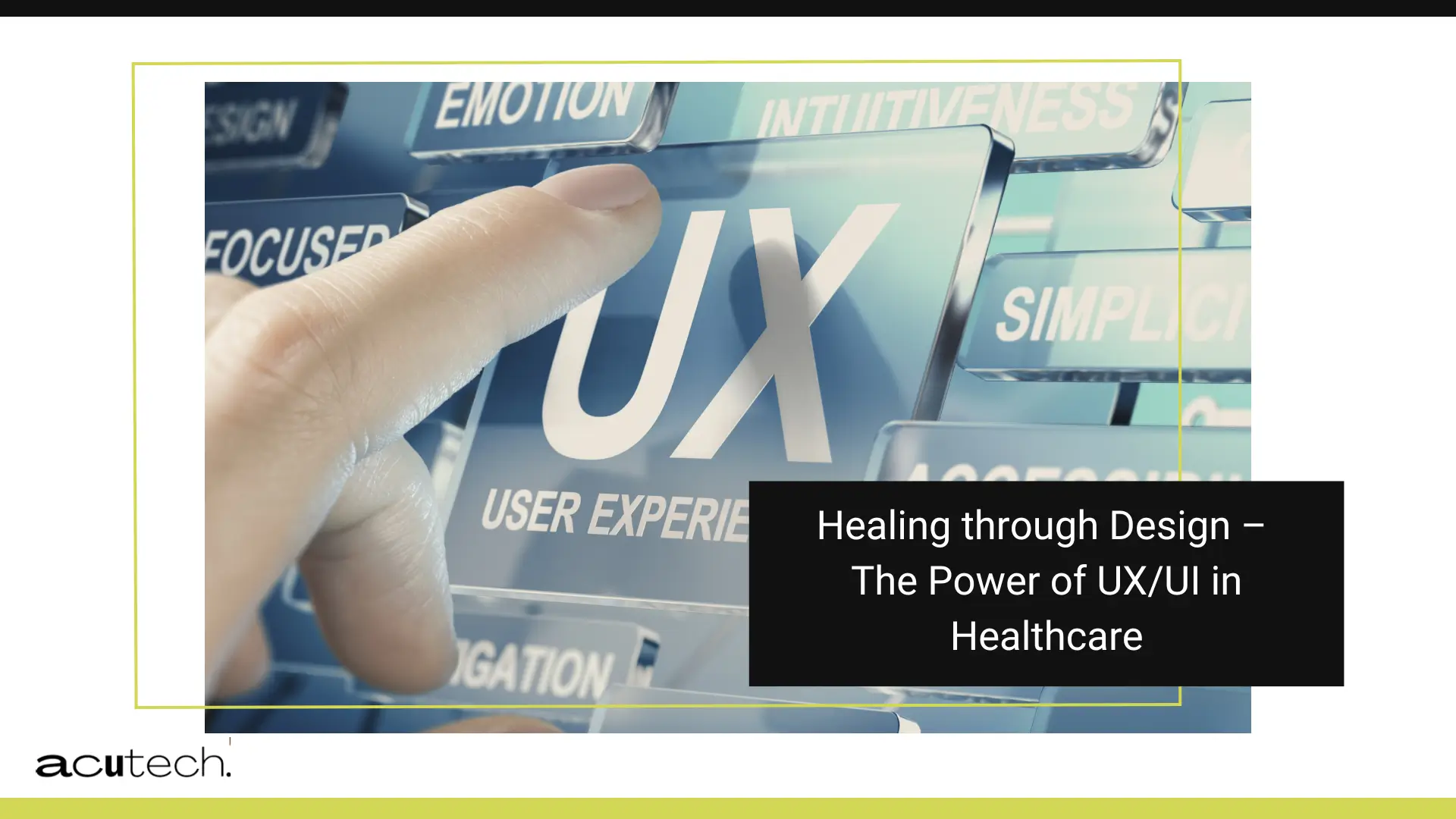The healthcare industry has made significant advancements by embracing technology, particularly in recent years. The rise in digital health services is evident, with applications monitoring heart rates, wearable devices measuring physical activity, and the availability of virtual consultations with healthcare professionals.
A crucial element in this transformation has been the role of UX/UI designers. These professionals ensure that as healthcare technology progresses, the user experience remains intuitive and efficient. In collaboration with the experts at AcuTech, we aim to delve deeper into the significance of UX/UI in healthcare applications.
The Role of UX/UI in Modern Healthcare
It’s no secret that the digital transformation in healthcare has been turbo-charged, especially during the pandemic, and these advancements aren’t limited to just virtual doctor visits.
The ripple effect extends to administrative, diagnostic, and treatment solutions too. So, the catchphrase of the day? A positive user experience.
UX/UI design in healthcare is less about making things “look pretty” and more about a seamless, efficient, and error-free experience. Reduced cognitive load? Check. Making life easier for our healthcare professionals? Double check. Essentially, good UX/UI ensures patients are better informed, doctors remain connected, and administrative tasks get handled with finesse.
Catering to Different Beats of the Same Heart
There are three primary aspects of healthcare UX:
- Patients: It all begins and ends with empathy. Creating products that genuinely cater to patients can be game-changing. After all, an informed patient is a healthier patient.
- Healthcare Providers: Think about doctors and nurses juggling a dozen tasks daily. Our software shouldn’t be another puzzle they have to decode. Clean, intuitive designs are the name of the game.
- Healthcare Enterprises: These big players require streamlined technological solutions. And it’s not just about design; it’s about ongoing support, regular updates, and ensuring everything runs smoothly.

A Glimpse into the Future
What’s in the plans for the future of healthcare UX? A lot, apparently!
- Big Data: Imagine harnessing vast amounts of health data and using it to prevent diseases, manage hospital performance, or even predict epidemics. Big data analytics is already revolutionizing the healthcare industry.
- AR & VR: It’s not just for gaming, folks. These technologies have immense potential in medical education, therapy, and even psychological treatments.
- AI: The potential of artificial intelligence in healthcare UX is extraordinary. From aiding in effective diagnoses to drastically cutting down drug discovery time, AI is a game-changer.
Why UI/UX Design is Essential for Healthcare Apps
Let’s boil it down. Healthcare isn’t your typical industry. It involves high-stakes tasks and critical information. UX/UI design plays a pivotal role in making healthcare apps not only functional but also efficient, user-friendly, and compliant with privacy standards.
The road to perfection is paved with challenges. Whether it’s designing for diverse user groups, ensuring content is specialist-approved, or strictly adhering to privacy regulations, healthcare app designers have their work cut out for them.
To Wrap it Up
Our health is invaluable, and the tools we use to manage it should be nothing short of exceptional. While the world of healthcare continues to innovate, let’s remember that the real magic happens when technology meets empathy, efficiency, and excellence.
Looking for ways to improve the UX/UI of your applications, especially in healthcare? Our developers are just the experts you need. Reach out and let’s craft the future together.


